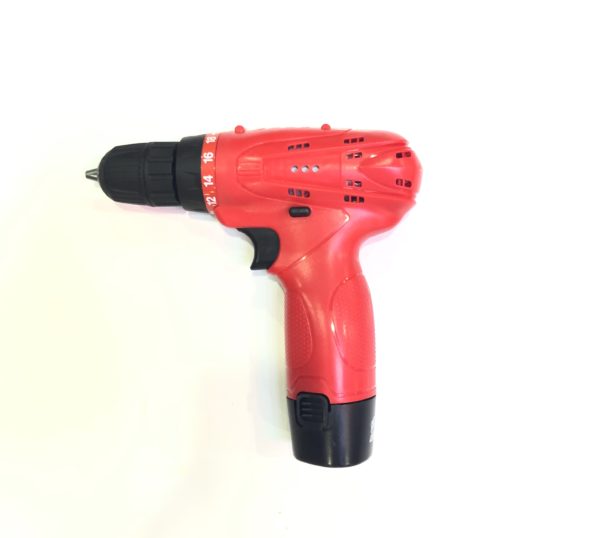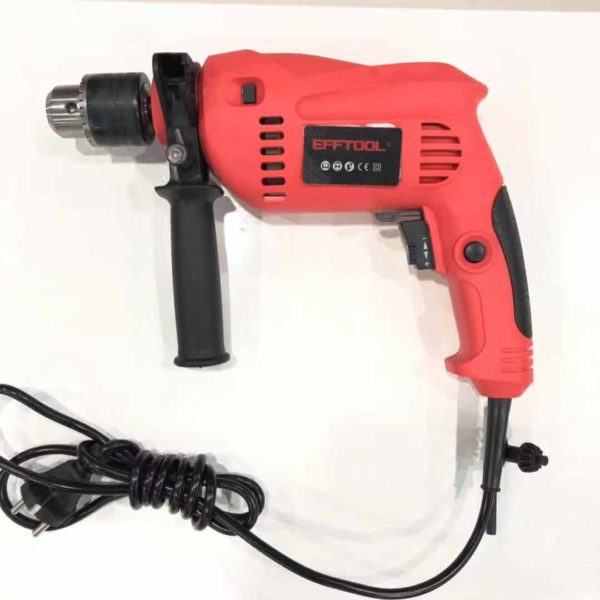Cordless power drill.
Power, mobility and weight are all considerations in choosing a drill. A cordless drill offers high mobility and a wide range of available features. Voltage ratings of 4 to 8 volts are sufficient for light-duty cordless screwdrivers, and drills with 12 to 18 volts will meet most homeowners’ work needs. A high-power model handles heavier work, but more voltage means the tool has a bigger, heavier battery. A cordless drill battery needs recharging periodically. You may want to have a spare battery available so you can keep working while you recharge. To compare the runtimes of batteries — how long they’ll be effective during use — look at amp-hour ratings. More amp-hours and more volts provide longer runtime. Keep in mind that battery charge level, the material you’re working with, the level of continuous use and even temperature affect how long a battery lasts.
Common cordless drill battery types include nickel cadmium (NiCd or NiCad) and lithium ion (li-ion). A li-ion battery is lighter and smaller than a NiCd battery of the same voltage. Li-ion batteries can hold a charge for several months between uses.
Corded Drills
A corded drill requires high power. While lighter than a cordless model, it offers similar capabilities. An amp rating represents the power of a corded drill. A steady power supply means greater runtime, with no need to stop to recharge a battery. However, the cord does restrict mobility. Depending on how far your work area is from a power outlet, a corded drill may need an extension cord. Follow the manufacturer’s instructions for selecting a proper cord and see Power Cord Safety Tips.
In summary, do you know how to choose?



